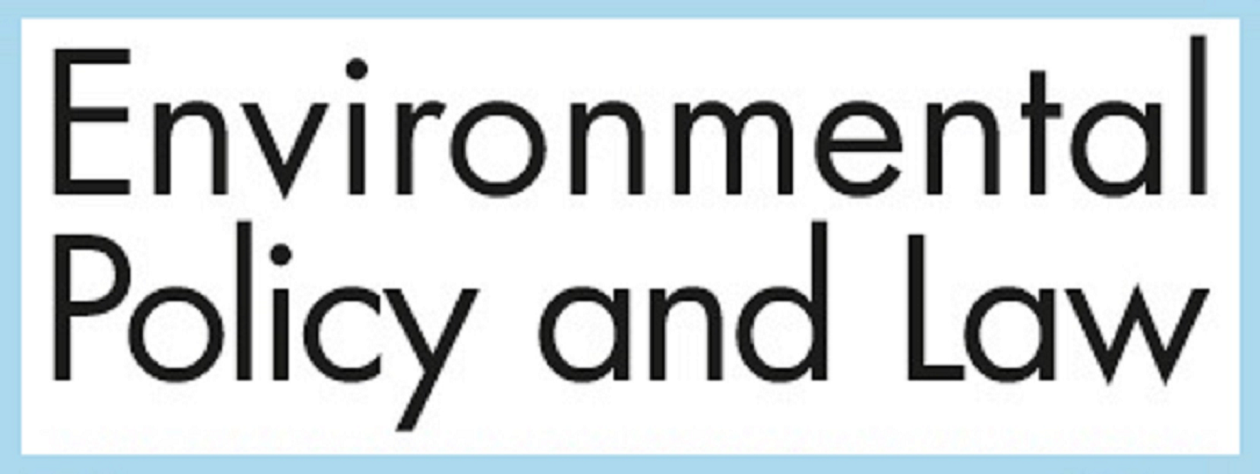Legal and Environmental Policy on Solid Waste Pollution and Protection (Kazakhstan)
Dauren Bekezhanov, Daniya Nurmukhankyzy, Saltanat Tinistanova, Gulnura Kopbassarovaiv and Aliya Zhangushukova*
Zhetysu State University, Taldykorgan, Republic of Kazakhstan
*Corresponding author
EPL, Vol.48, Iss.1, pp.83-88, 2018
